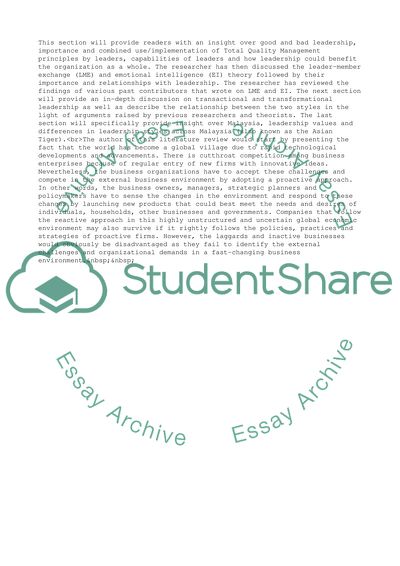Cite this document
(Strategic Leadership in Top Management Levels Literature review, n.d.)
Strategic Leadership in Top Management Levels Literature review. Retrieved from https://studentshare.org/management/1744200-strategic-leadership-in-top-management-levels-affects-organization-performance
Strategic Leadership in Top Management Levels Literature review. Retrieved from https://studentshare.org/management/1744200-strategic-leadership-in-top-management-levels-affects-organization-performance
(Strategic Leadership in Top Management Levels Literature Review)
Strategic Leadership in Top Management Levels Literature Review. https://studentshare.org/management/1744200-strategic-leadership-in-top-management-levels-affects-organization-performance.
Strategic Leadership in Top Management Levels Literature Review. https://studentshare.org/management/1744200-strategic-leadership-in-top-management-levels-affects-organization-performance.
“Strategic Leadership in Top Management Levels Literature Review”, n.d. https://studentshare.org/management/1744200-strategic-leadership-in-top-management-levels-affects-organization-performance.


